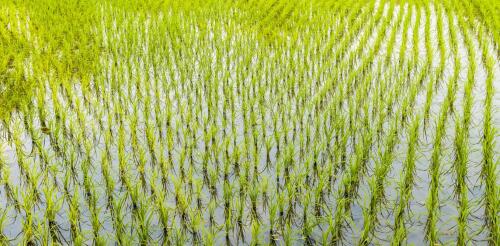Everglades
Each summer, nearly 25,000 acres (10,000 hectares) of rice is cultivated in the Florida Everglades Agricultural Area, a roughly 1,100-square-mile (2,800-square-kilometer) area south of Lake Okeechobee. Farming here requires a delicate touch. The area has lost nearly 6 feet (1.8 meters) of soil in the past century through a process called subsidence. One way to slow down this subsidence and preserve the nutrient-rich soil is to flood the area during Florida’s rainy season and use the fields to grow rice. The fields are flooded using water from adjacent canals. Once the water dries up or seeps away, the rice is harvested. The Conversation asked Associate professor Jehangir Bhadha, an expert in soil sustainability at the University of Florida, how the university got involved with growing rice and what environmental benefits it’s produced. What is the history behind growing rice in the Everglades? Rice was grown in the Everglades Agricultural Area for a brief period...
